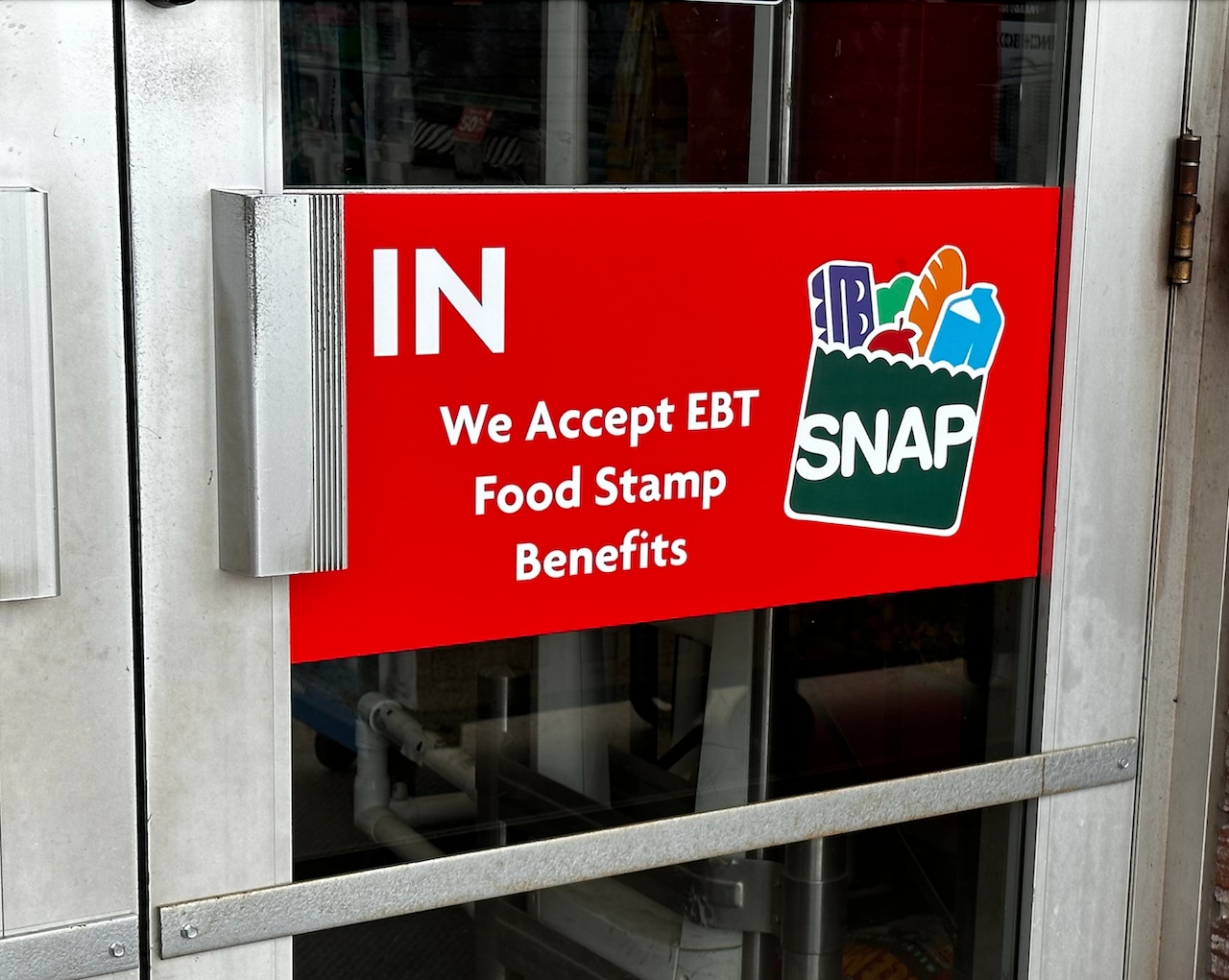Major changes are coming to the Supplemental Nutrition Assistance Program, commonly known as SNAP, with thousands of New Yorkers at risk of losing the food benefits they use to help feed their families.
States have until the start of November to implement new SNAP work requirements, which were enacted earlier this year by President Donald Trump’s One Big Beautiful Bill Act.
Under the new rules, changes to work requirements for able-bodied adults and a more limited age definition for dependents of adults receiving SNAP benefits are expected to render thousands of New Yorkers ineligible for the program.
Recipients will need to document that they are working, volunteering or enrolled in an education program from 80 hours each month to maintain their benefits. Those who fail to do so will only be eligible for three months worth of benefits over a three-year period.
Under the changes, the federal government has increased the age for individuals subject to work requirements from 54 to 64, while also narrowing the exemption for adults living with a child from under 18 to under 14.
New York and various other states had previously received waivers to exempt recipients from the new work requirements until February, but the Trump administration has moved that deadline up to November, according to Politico.
City officials told Politico that the new work requirements are expected to affect roughly 240,000 of the 1.8 million New York City residents who receive SNAP benefits, representing roughly 13% of all recipients across the five boroughs.
”It is a virtually impossible timeline to meet,” Molly Wasow Park, New York City’s Department of Social Services commissioner, told Politico. “ Simply working is not enough to meet work requirements. Your work has to be well-documented and consistent. And in an economy where a lot of people are working shift work, a lot of people are in a gig economy, that’s very, very difficult.”
Republican supporters of the legislation have claimed that the proposed changes are intended to root out fraud and waste within the system while also incentivizing more beneficiaries to work.
“New York has a payment error rate that surpasses the national average and has doubled in the last few years. As we look to eliminate fraud and waste, the state has three years to reduce its wrongful payments or it will have to fund a greater share of SNAP,” Rep. Nicole Malliotakis, a Republican who represents Staten Island and parts of South Brooklyn, told the Advance/SILive.com in June.
Food insecurity on Staten Island
The upcoming changes could exacerbate an ongoing food insecurity crisis on Staten Island, where many borough residents are already struggling.
In fact, tens of thousands of Staten Islanders struggle each day to feed their families, relying on government assistance and local food pantries to put meals on the table.
And with healthier foods, like fresh meats and produce, often selling at a higher price, these borough residents often turn to cheap, processed alternatives at a detriment to their longterm health.
Last year, the Advance/SILive.com published a series of articles, “Health and Hunger on Staten Island,” analyzing food insecurity on Staten Island and the role it plays in the health of the borough’s residents, as well as speaking to local nonprofits and healthcare experts about how the borough can better address this widespread issue moving forward.
Food insecurity and the negative health outcomes that stem from an innutritious diet are issues that impact thousands in all corners of the borough, but as is often the case, those struggling financially are disproportionately impacted.
The Advance/SILive.com analyzed data from the U.S. Census Bureau 2022 American Community Survey and the Centers for Disease Control and Prevention’s (CDC) 2023 PLACES: Local Data for Better Health finding that areas where a higher percentage of residents rely on government assistance to afford food have higher rates of various health conditions that stem from poor diet.
The data shows that the Staten Island ZIP codes with the highest percentage of residents receiving Supplemental Nutrition Assistance Program (SNAP) benefits, an indication of struggling to afford food, typically have higher rates of obesity, diabetes and high blood pressure.
In the 10304 ZIP code, where a borough-high 26.1% of households rely on SNAP benefits, the percentage of adults dealing with obesity, diabetes and high blood pressure are 36%, 13.9% and 32.9%, respectively.
On the other end of the spectrum, in the 10308 ZIP code, were the lowest percentage of households, 3.8%, receiving SNAP benefits, the rates of adults dealing with the aforementioned health conditions are 31.1%, 9.7% and 29%, respectively.
When comparing these two areas, the rate of adults dealing with obesity is 15.8% higher in 10304 versus 10308, while the rates of diabetes and high blood pressure are 43.3% and 13.4% higher, respectively.
The upcoming SNAP changes could make matters even worse for Staten Islanders who may be kicked off the crucial program, reducing their monthly grocery budgets by hundreds of dollars and forcing them to turn to even cheaper, unhealthier options, or in extreme cases, go without food.
If you purchase a product or register for an account through a link on our site, we may receive compensation. By using this site, you consent to our User Agreement and agree that your clicks, interactions, and personal information may be collected, recorded, and/or stored by us and social media and other third-party partners in accordance with our Privacy Policy.

